High-Risers: Cabrini-Green and the Fate of American Public Housing
By Ben Austen
If you have any suggestions for our list, books or authors we have missed and you think should be included, please send them to us HERE.
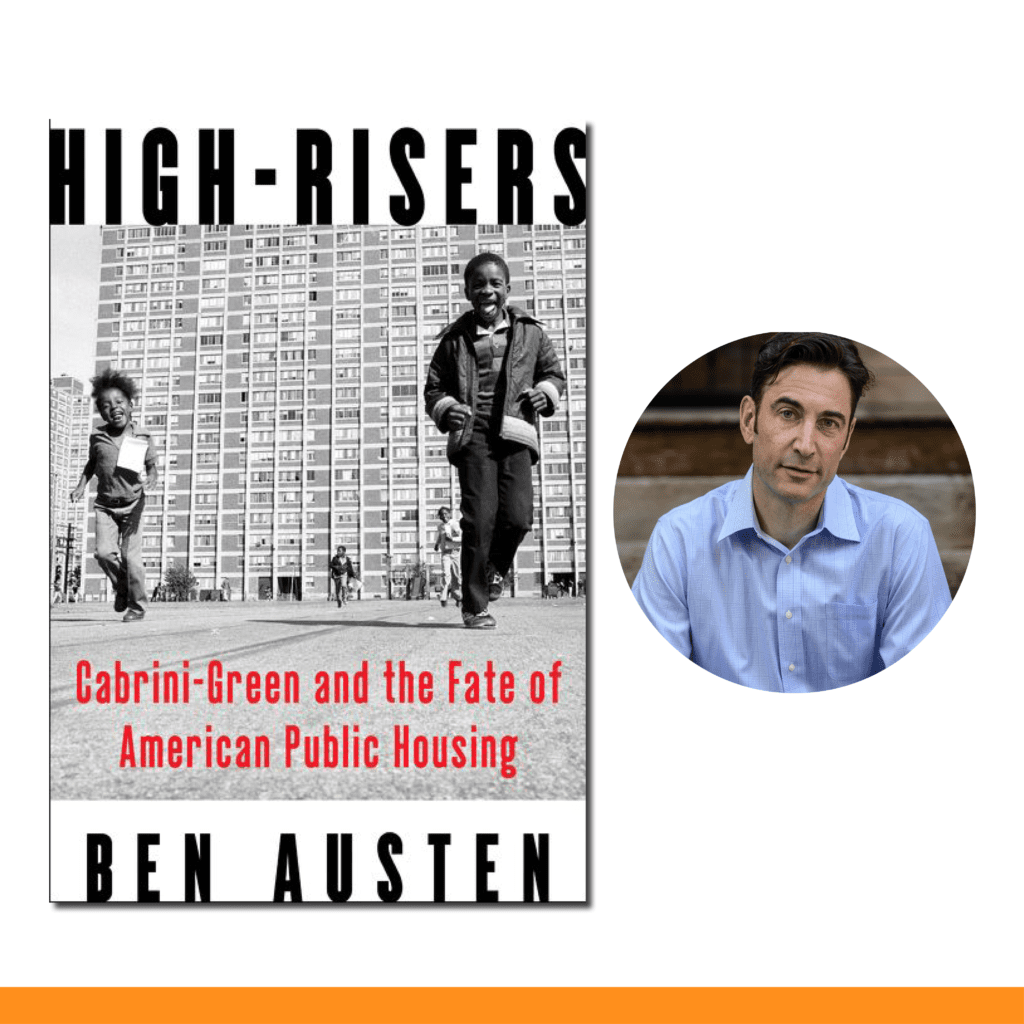
High-Risers: Cabrini-Green and the Fate of American Public Housing
By Ben Austen
In this novelistic and eye-opening narrative, Ben Austen tells the story of America’s public housing experiment and the changing fortunes of American cities. It is an account told movingly though the lives of residents who struggled to make a home for their families as powerful forces converged to accelerate the housing complex’s demise. Beautifully written, rich in detail, and full of moving portraits, High-Risers is a sweeping exploration of race, class, popular culture, and politics in modern America that brilliantly considers what went wrong in our nation’s effort to provide affordable housing to those living in poverty—and what we can learn from those mistakes.
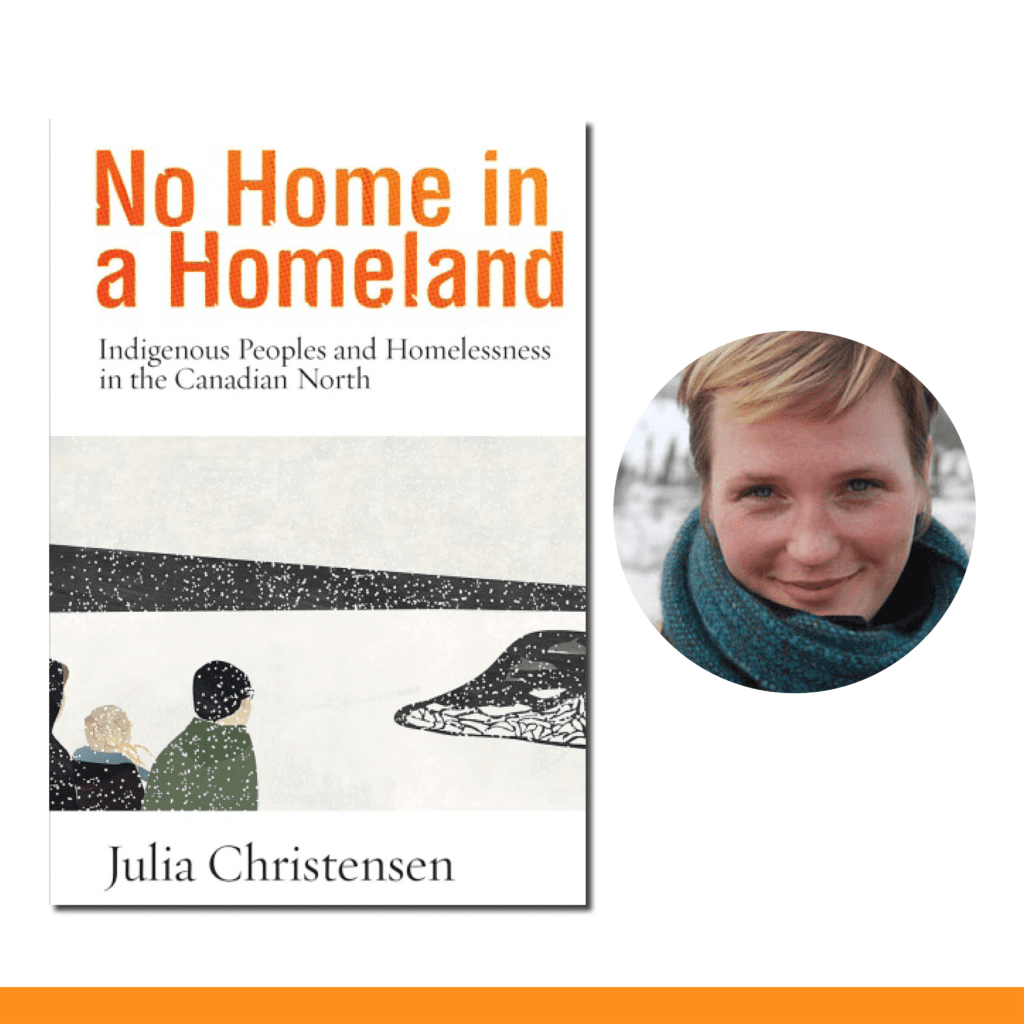
No Home in a Homeland: Indigenous Peoples and Homelessness in the Canadian North
By Julia Christensen ![]()
The Dene, a traditionally nomadic people, have no word for homelessness, a rare condition in the Canadian North prior to the 1990s. Julia Christensen documents the rise of Indigenous homelessness and proposes solutions by interweaving analysis of the region’s unique history with personal narratives of men and women experiencing homelessness in two cities – Yellowknife and Inuvik. What emerges is a larger story of displacement and intergenerational trauma, hope and renewal. Understanding what it means to experience homelessness in the North and how Indigenous people think about home and homemaking is the first step, Christensen argues, on the path to decolonizing existing approaches and practices.
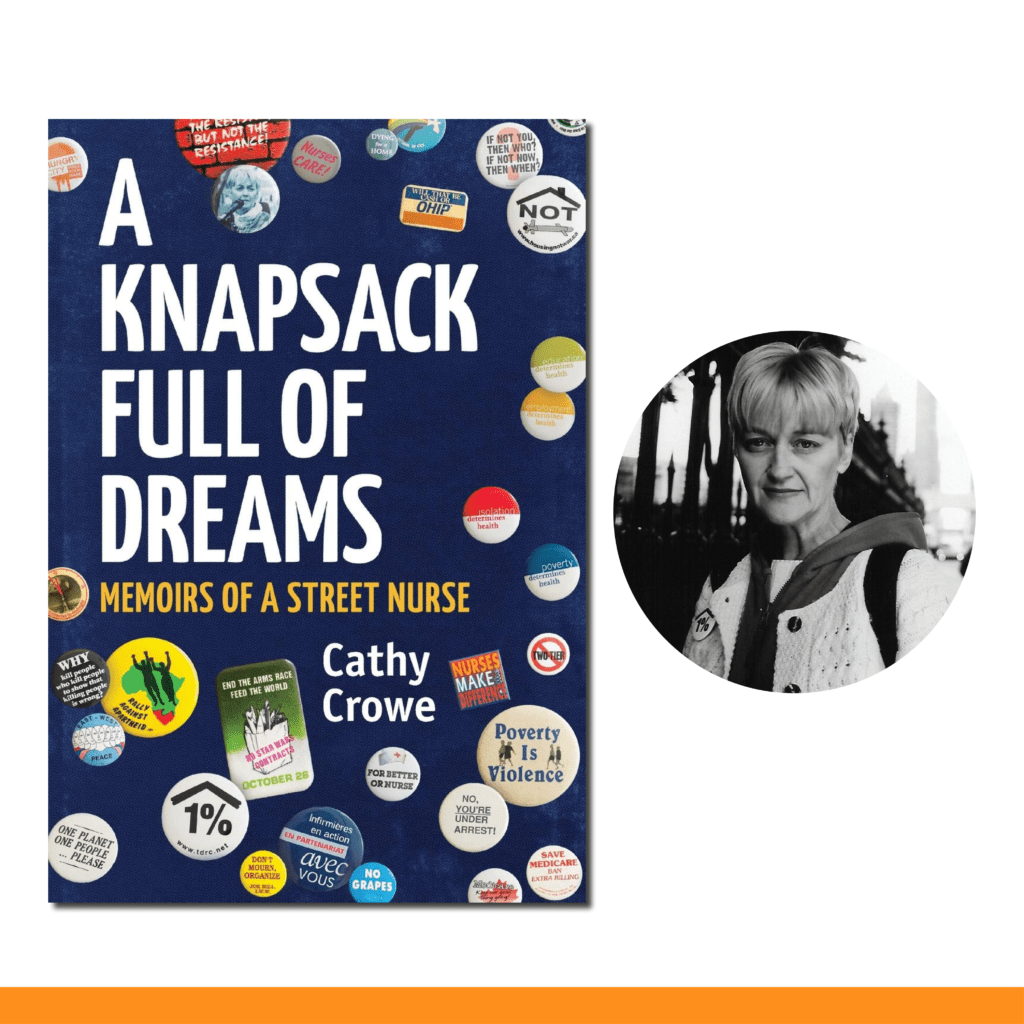

A Knapsack Full of Dreams: Memoirs of a Street Nurse
By Cathy Crowe ![]()
![]()
![]()
![]()
![]()
![]()
![]()
![]()
![]()
![]()
![]()
![]()
![]()
![]()
![]()
![]()
![]()
![]()
Over the past three decades, a series of federal governments cut funding for social programs and eliminated our national housing program, leaving hundreds of thousands of people victim to the tsunami of homelessness that was declared a national disaster twenty years ago. No one knows this reality better than Cathy Crowe, who witnessed the explosion of homelessness across Canada while working as a Street Nurse.
In A Knapsack Full of Dreams, Cathy Crowe details her lifelong commitment as a nurse and social justice activist—particularly her thirty years as a Street Nurse—with passion, grace, and fortitude. Presented through the lens of someone dedicated to the power and beauty of film, A Knapsack Full of Dreams will move you, then inspire you to act.
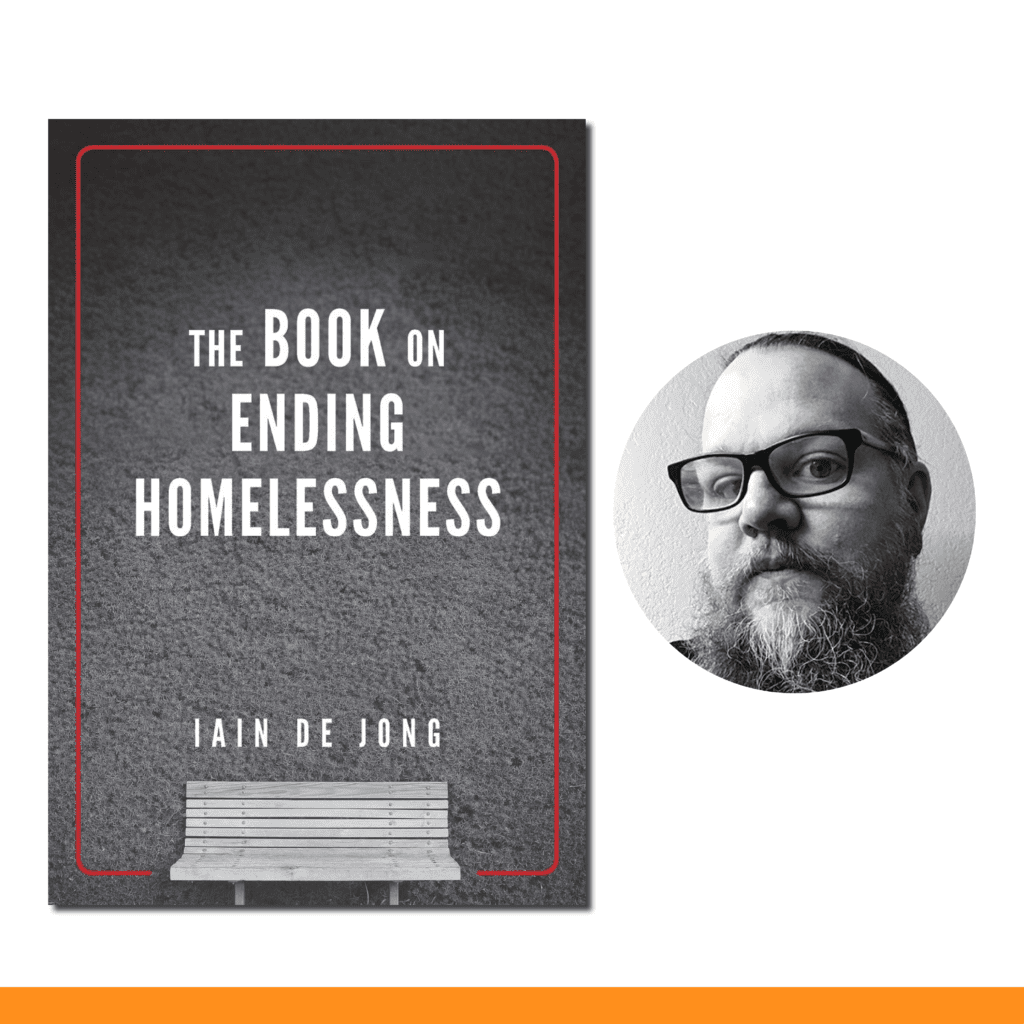

The Book on Ending Homelessness
By Iain De Jong ![]()
![]()
The Book on Ending Homelessness provides insights for those in the industry, elected officials, policy makers, funders, public servants and the general public on the best ways to move from managing homelessness to ending homelessness. While ending homelessness may seem to be a whacky or even preposterous idea, Iain De Jong takes more than two decades of experience as an award-winning industry leader to lay out how and why homelessness can be ended in very practical ways. This book will provoke and teach, serving as both inspiration and an instruction manual for those serious about combatting one of the most important social issues of our time. The book will reshape how you think about homelessness, as well as how strategies like sheltering, street outreach and day services all play a role in ending homelessness when operated with a housing-focused lens and the right service orientation.
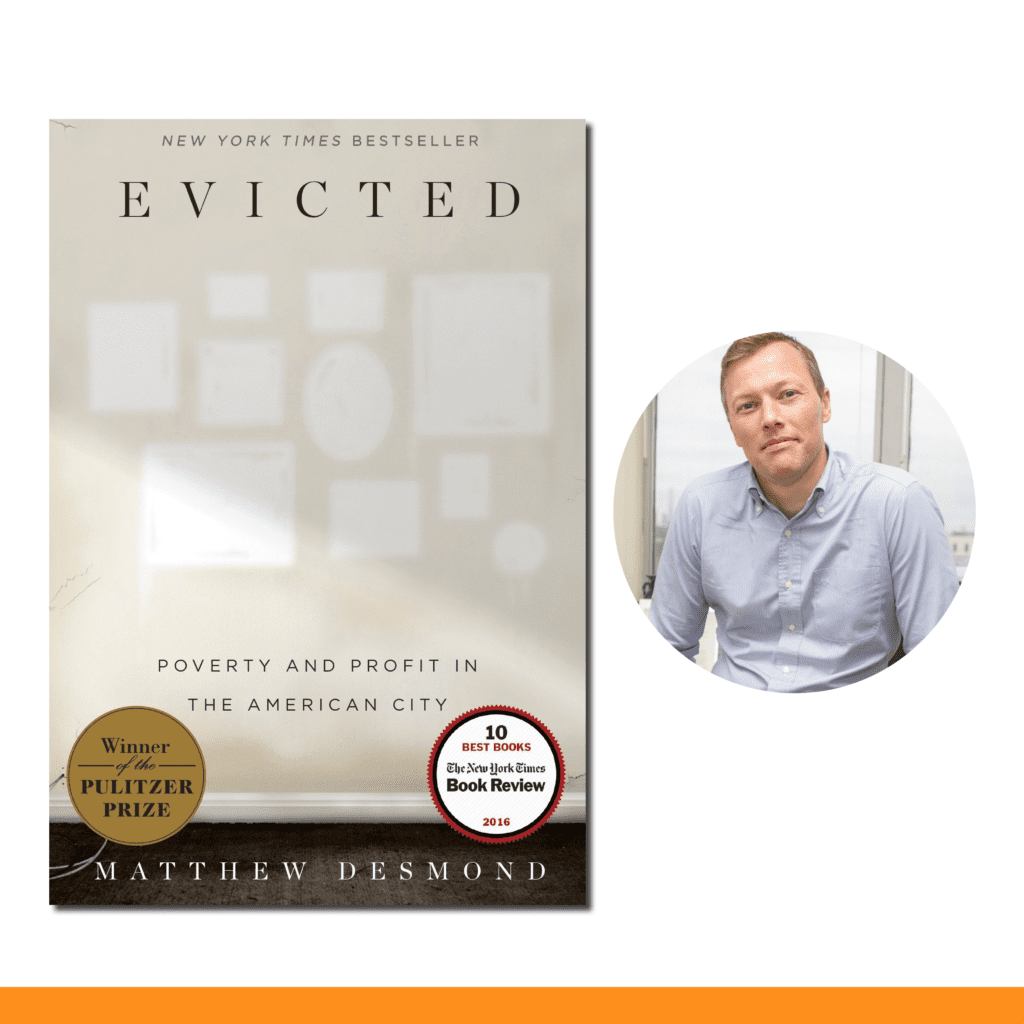

Evicted: Poverty and Profit in the American City
By Matthew Desmond
In Evicted, Princeton sociologist and MacArthur “Genius” Matthew Desmond follows eight families in Milwaukee as they each struggle to keep a roof over their heads. Hailed as “wrenching and revelatory” (The Nation), “vivid and unsettling” (New York Review of Books), Evicted transforms our understanding of poverty and economic exploitation while providing fresh ideas for solving one of twenty-first-century America’s most devastating problems. Its unforgettable scenes of hope and loss remind us of the centrality of home, without which nothing else is possible.
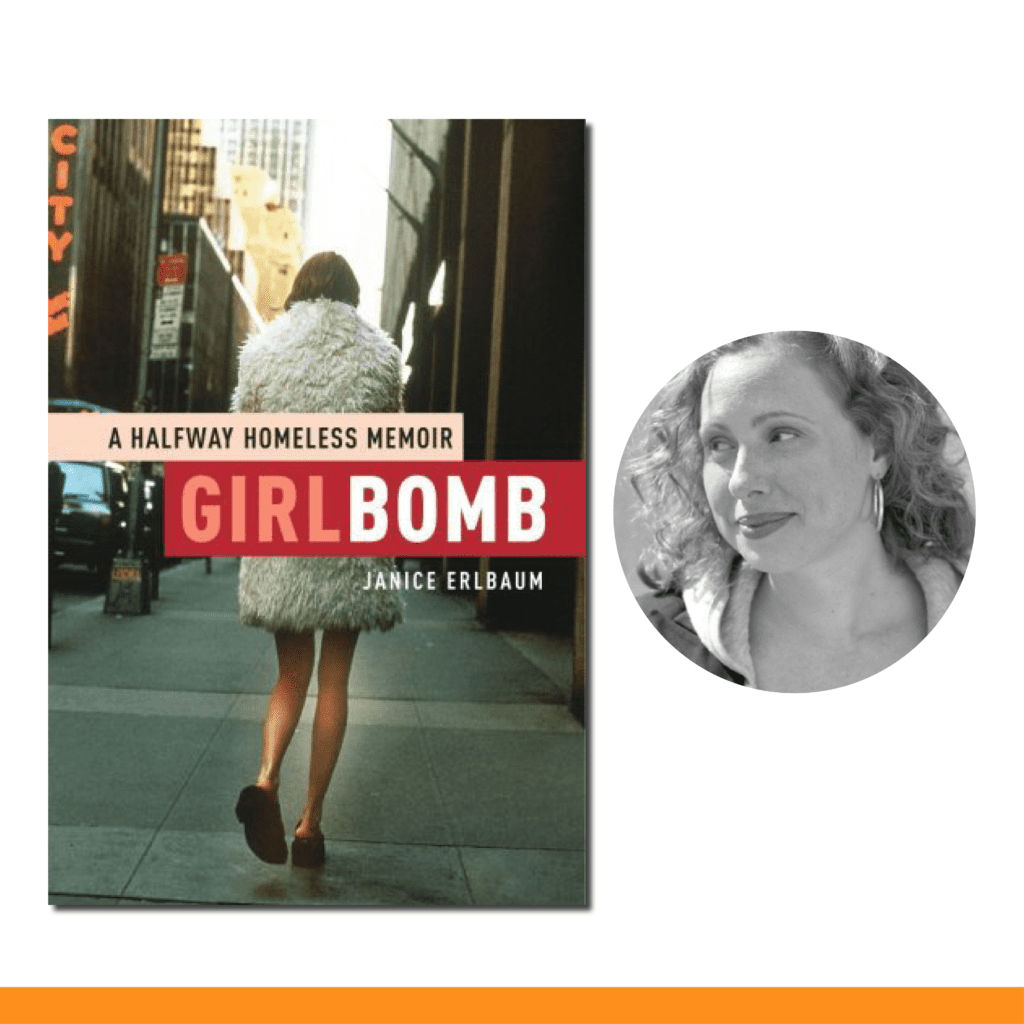

Girlbomb: A Halfway Homeless Memoir
By Janice Erlbaum
At fifteen, sick of her unbearable and increasingly dangerous home life, Janice Erlbaum walked out of her family’s Brooklyn apartment and didn’t look back. From her first frightening night at a shelter, Janice knew she was in over her head. She was beaten up, shaken down, and nearly stabbed by a pregnant girl. But it was still better than living at home. As Janice slipped further into street life, she nevertheless attended high school, harbored crushes, and even played the lead in the spring musical. She also roamed the streets, clubs, bars, and parks of New York City with her two best girlfriends, on the prowl for hard drugs and boys on skateboards. Together they scored coke at Danceteria, smoked angel dust in East Village squats, commiserated over their crazy mothers, and slept with one another’s boyfriends on a regular basis.
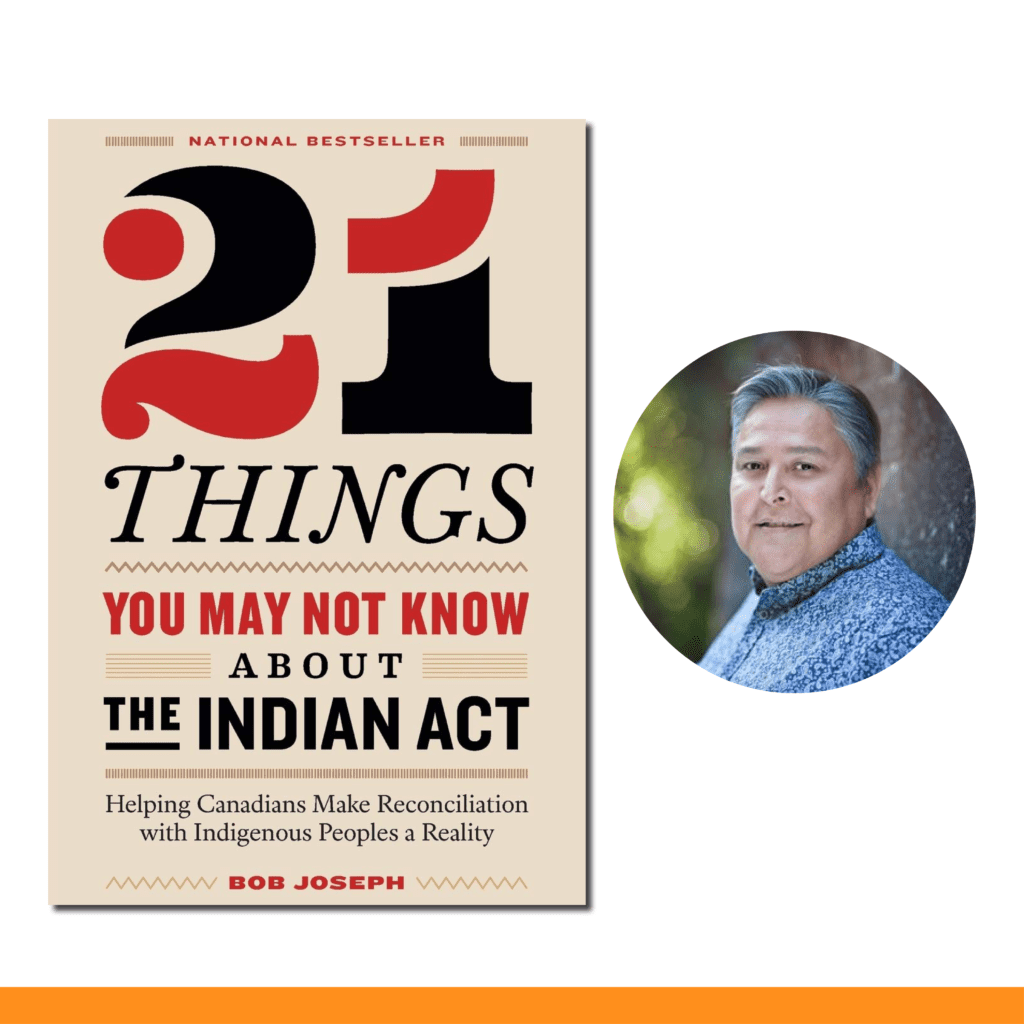

21 Things You May Not Know About the Indian Act: Helping Canadians Make Reconciliation with Indigenous Peoples a Reality
By Bob Joseph ![]()
![]()
![]()
![]()
![]()
![]()
![]()
![]()
![]()
![]()
![]()
![]()
![]()
![]()
![]()
![]()
![]()
![]()
Based on a viral article, 21 Things You May Not Know About the Indian Act is the essential guide to understanding the legal document and its repercussion on generations of Indigenous Peoples, written by a leading cultural sensitivity trainer.
Since its creation in 1876, the Indian Act has shaped, controlled, and constrained the lives and opportunities of Indigenous Peoples, and is at the root of many enduring stereotypes. Bob Joseph’s book comes at a key time in the reconciliation process, when awareness from both Indigenous and non-Indigenous communities is at a crescendo. Joseph explains how Indigenous Peoples can step out from under the Indian Act and return to self-government, self-determination, and self-reliance – and why doing so would result in a better country for every Canadian. He dissects the complex issues around truth and reconciliation, and clearly demonstrates why learning about the Indian Act’s cruel, enduring legacy is essential for the country to move toward true reconciliation.
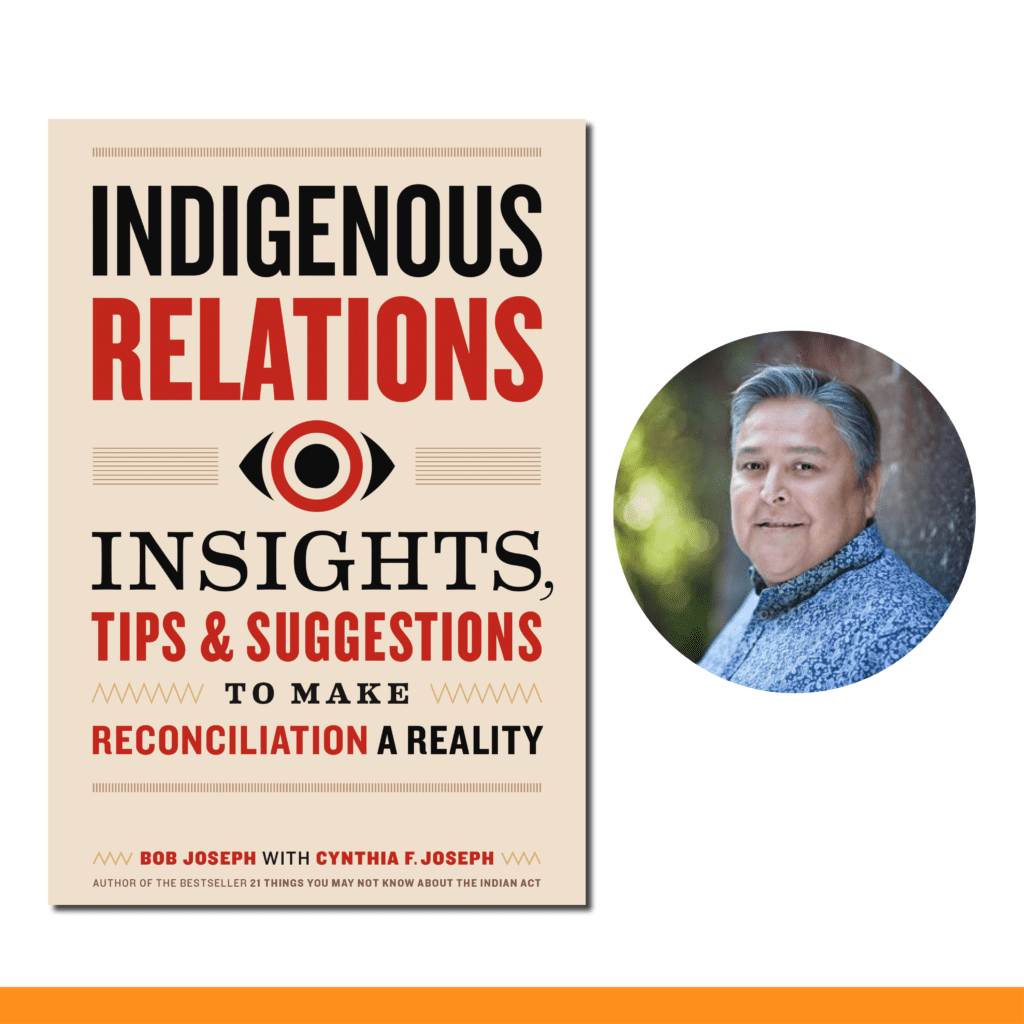

Indigenous Relations: Insights, Tips & Suggestions to Make Reconciliation a Reality
By Bob Joseph ![]()
![]()
![]()
![]()
![]()
![]()
![]()
![]()
![]()
![]()
![]()
![]()
![]()
![]()
![]()
![]()
![]()
![]()
A timely sequel to the bestselling 21 Things You May Not Know About the Indian Act – and an invaluable guide for anyone seeking to work more effectively with Indigenous Peoples.
We are all treaty people. But what are the everyday impacts of treaties, and how can we effectively work toward reconciliation if we’re worried our words and actions will unintentionally cause harm?
Hereditary chief and leading Indigenous relations trainer Bob Joseph is your guide to respecting cultural differences and improving your personal relationships and business interactions with Indigenous Peoples. Practical and inclusive, Indigenous Relations interprets the difference between hereditary and elected leadership, and why it matters; explains the intricacies of Aboriginal Rights and Title, and the treaty process; and demonstrates the lasting impact of the Indian Act, including the barriers that Indigenous communities face and the truth behind common myths and stereotypes perpetuated since Confederation.


Heart Berries
By Terese Marie Mailhot ![]()
![]()
Heart Berries is a powerful, poetic memoir of a woman’s coming of age on the Seabird Island Indian Reservation in the Pacific Northwest. Having survived a profoundly dysfunctional upbringing only to find herself hospitalized and facing a dual diagnosis of post traumatic stress disorder and bipolar II disorder; Terese Marie Mailhot is given a notebook and begins to write her way out of trauma. The triumphant result is Heart Berries, a memorial for Mailhot’s mother, a social worker and activist who had a thing for prisoners; a story of reconciliation with her father―an abusive drunk and a brilliant artist―who was murdered under mysterious circumstances; and an elegy on how difficult it is to love someone while dragging the long shadows of shame.
Mailhot trusts the reader to understand that memory isn’t exact, but melded to imagination, pain, and what we can bring ourselves to accept. Her unique and at times unsettling voice graphically illustrates her mental state. As she writes, she discovers her own true voice, seizes control of her story, and, in so doing, reestablishes her connection to her family, to her people, and to her place in the world.
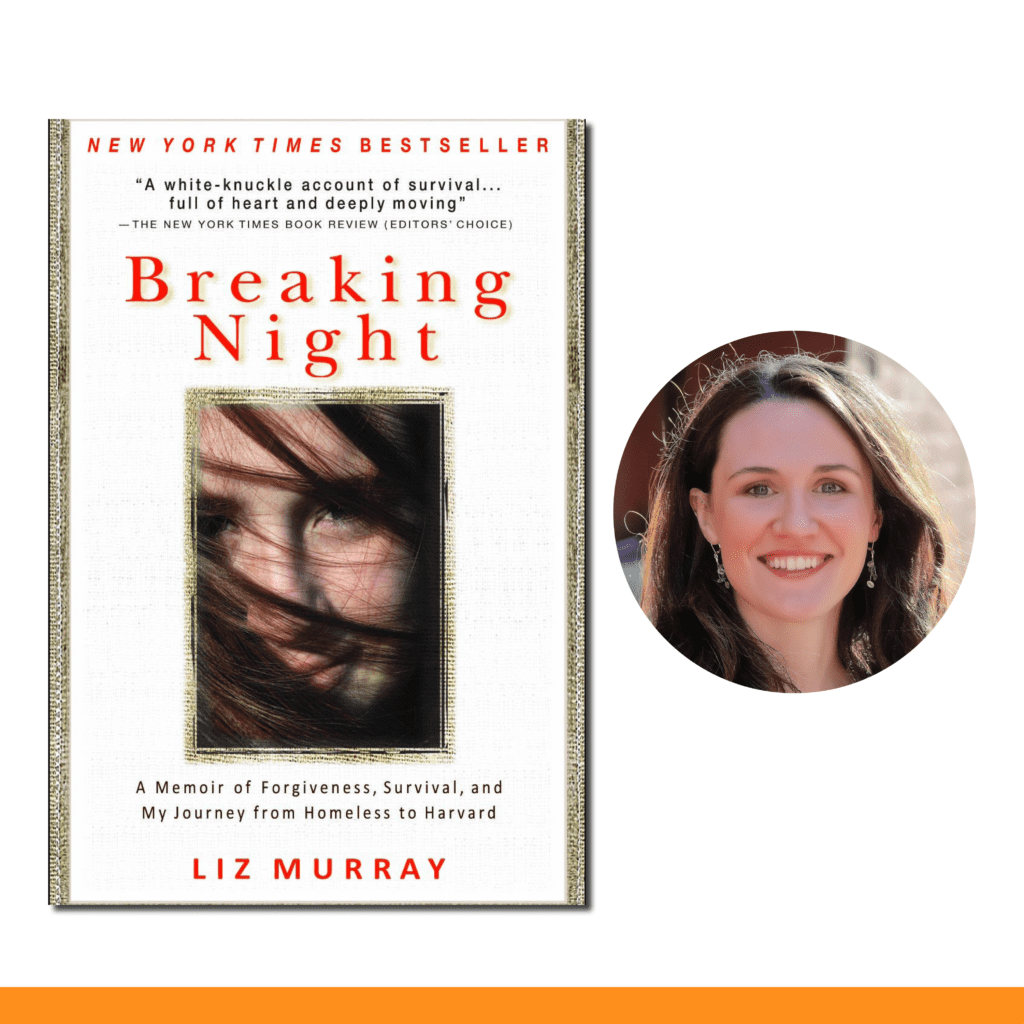

Breaking Night: A Memoir of Forgiveness, Survival, and My Journey from Homeless to Harvard
By Liz Murray
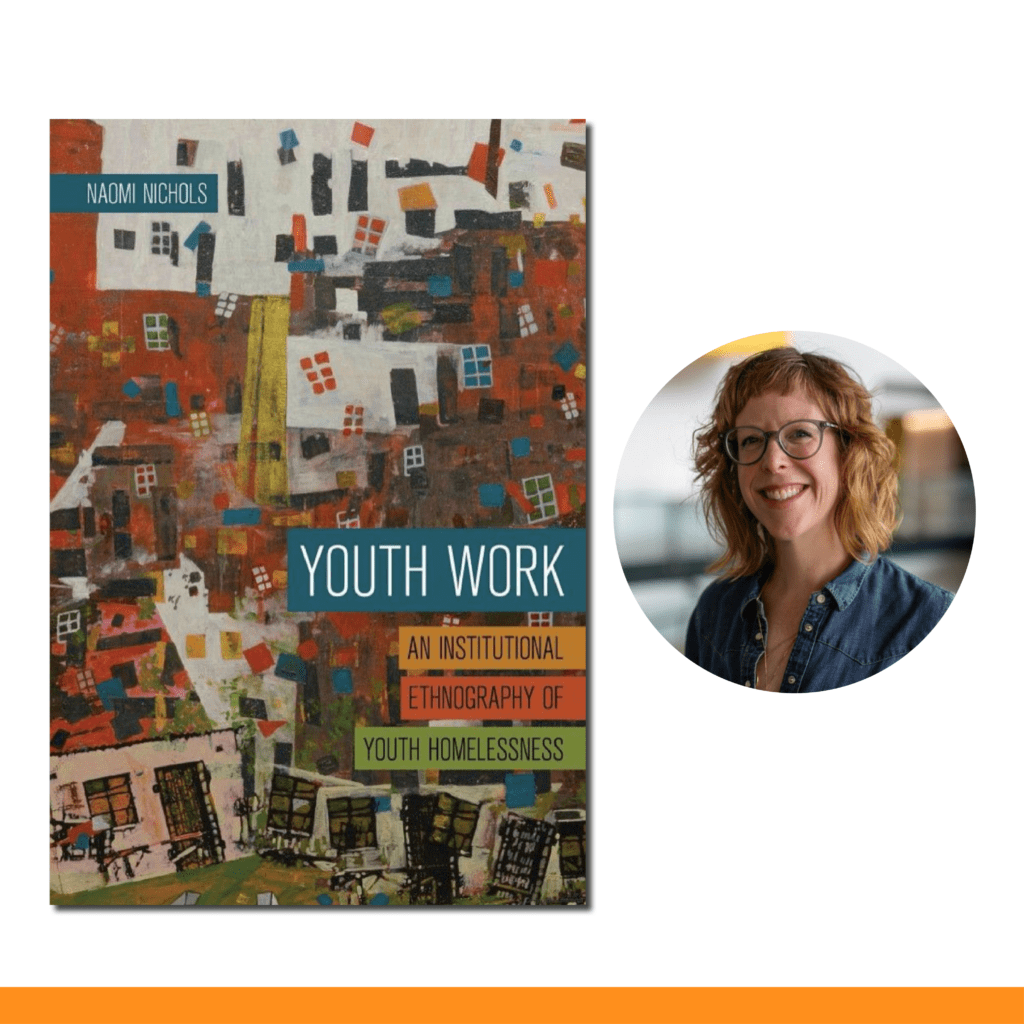

Youth Work: An Institutional Ethnography of Youth Homelessness
By Naomi Nichols ![]()
![]()
![]()
![]()
![]()
![]()
![]()
![]()
![]()
![]()
![]()
![]()
![]()
![]()
![]()
![]()
![]()
![]()
Combining institutional ethnography and community-based research, Youth Work is a sophisticated examination of the troubling experiences of young people living outside the care of parents or guardians, as well as of the difficulties of the frontline workers who take responsibility for assisting them. Drawing from more than a year of on-site research at an Ontario youth emergency shelter, Naomi Nichols exposes the complicated institutional practices that govern both the lives of young people living in shelters and the workers who try to help them.


Indigenous Homelessness: Perspectives from Canada, Australia, and New Zealand
By Evelyn Peters ![]()
![]()
![]()
![]()
![]()
![]()
![]()
![]()
![]()
![]()
![]()
![]()
![]()
![]()
![]()
![]()
![]()
![]()
![]()
![]()
![]()
![]()
![]()
![]()
![]()
![]()
![]()
![]()
![]()
![]()
![]()
![]()
![]()
![]()
![]()
![]()
Experiencing homelessness in one’s homeland is a colonial legacy for many Indigenous people in settler societies. The construction of Commonwealth nation-states from colonial settler societies depended on the dispossession of Indigenous peoples from their lands. The legacy of that dispossession and related attempts at assimilation that disrupted Indigenous practices, languages, and cultures—including patterns of housing and land use—can be seen today in the disproportionate number of Indigenous people affected by homelessness in both rural and urban settings. Essays in this collection explore the meaning and scope of Indigenous homelessness in Canada, Australia, and New Zealand.


Callous Objects: Designs Against the Homeless
By Robert Rosenberger
Callous Objects unearths cases in which cities push people experiencing homelessness out of public spaces through a combination of policy and strategic design. Robert Rosenberger examines such commonplace devices as garbage cans, fences, signage, and benches—all of which reveal political agendas beneath the surface. Such objects have evolved, through a confluence of design and law, to be open to some uses and closed to others, but always capable of participating in collective ends on a large scale. Rosenberger brings together ideas from the philosophy of technology, social theory, and feminist epistemology to spotlight the widespread anti-homeless ideology built into our communities and enacted in law.
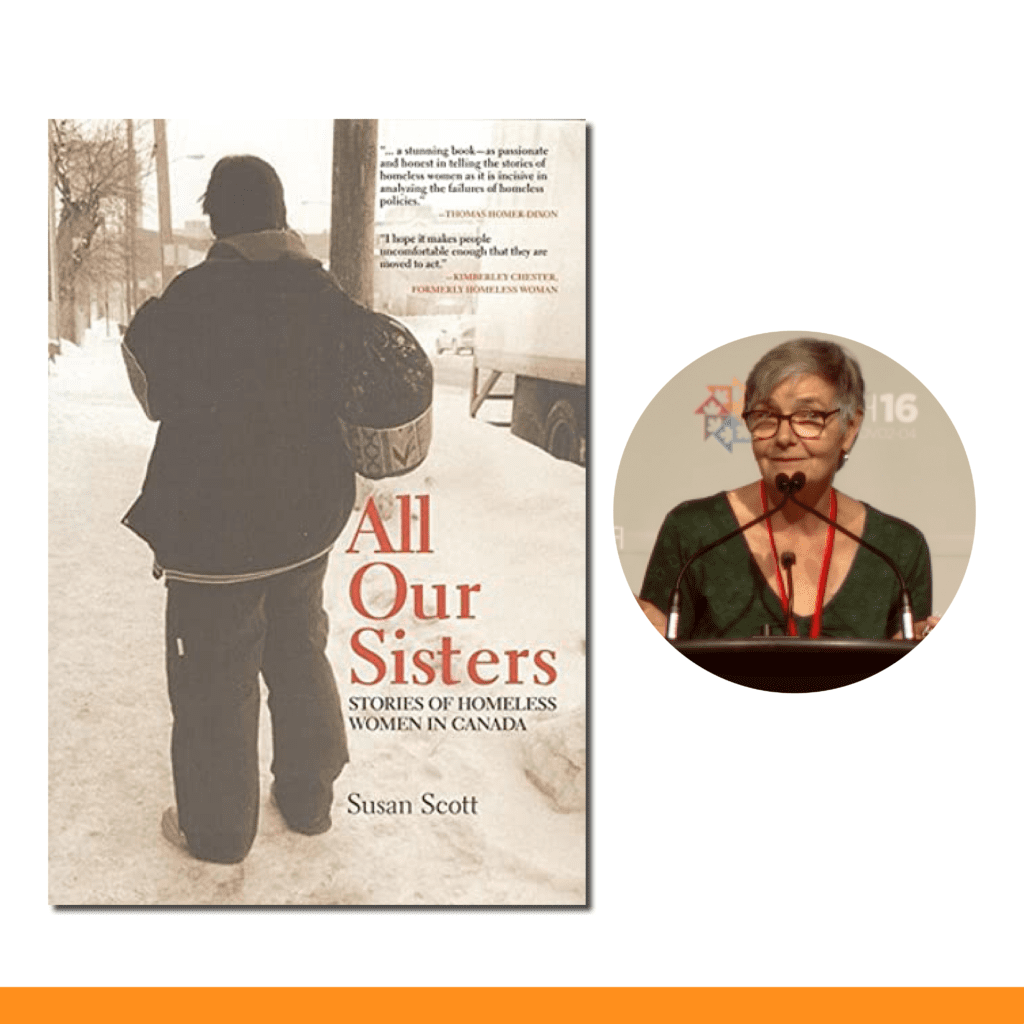

All Our Sisters: Stories of Homeless Women In Canada
By Susan Scott ![]()
![]()
![]()
![]()
![]()
![]()
![]()
![]()
![]()
![]()
![]()
![]()
![]()
![]()
![]()
![]()
![]()
![]()
Though they account for only a small portion of the formal homeless statistics, there are many more women living on insufficient funds, with violent partners, in unacceptable dwellings, or in other fragile circumstances that are too often overlooked. They are our mothers, our daughters, our aunts, our nieces, our wives—they are all our sisters—and they remain largely invisible compared to men experiencing homelessness. Susan Scott interviewed more than 60 women facing homelessness across Canada. Part of her agreement with these women was to tell their stories in the way they would want to have them told. With uncompromising honesty and a deep sense of empathy, Scott recounts their stories while highlighting the many underlying problems they face.
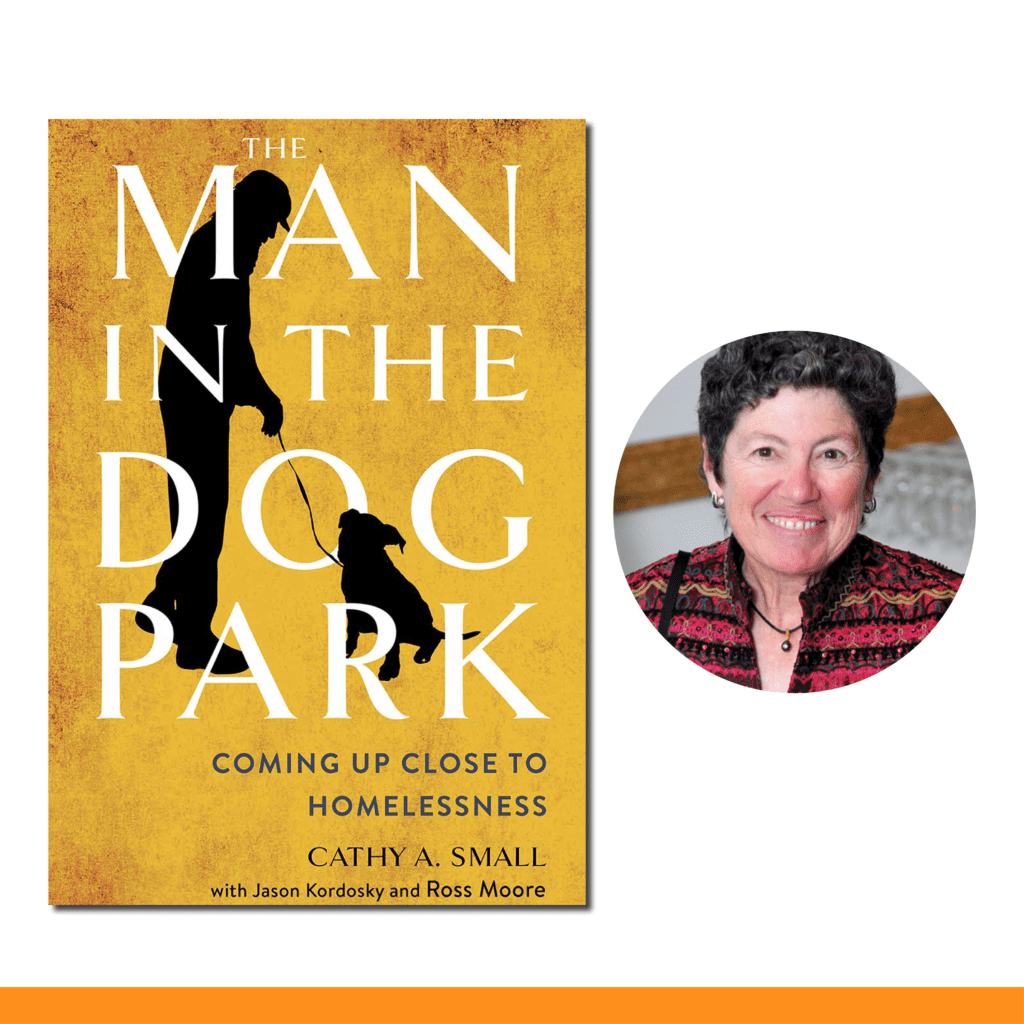

The Man in the Dog Park: Coming Up Close to Homelessness
By Cathy A. Small
The Man in the Dog Park offers the reader a rare window into homeless life. Spurred by a personal relationship with a man experiencing homelessness who became her co-author, Cathy A. Small takes a compelling look at what it means and what it takes to experience homelessness. Interviews and encounters with dozens of homeless people lead us into a world that most have never seen. We travel as an intimate observer into the places that many homeless frequent, including a community shelter, a day labor agency, a panhandling corner, a pawn shop, and a HUD housing office. Through these personal stories, we witness the obstacles that people experiencing homelessness face, and the ingenuity it takes to negotiate life without a home.


Still Renovating
By Greg Suttor ![]()
![]()
![]()
![]()
![]()
![]()
![]()
![]()
![]()
![]()
![]()
![]()
![]()
![]()
![]()
![]()
![]()
![]()
Social housing – public, non-profit, or co-operative – was once a part of Canada’s urban success story. After years of neglect and many calls for affordable homes and solutions to homelessness, housing is once again an important issue. In Still Renovating, Greg Suttor tells the story of the rise and fall of Canadian social housing policy. Focusing on the main turning points through the past seven decades, and the forces that shaped policy, this volume makes new use of archival sources and interviews, pays particular attention to institutional momentum, and describes key housing programs. The analysis looks at political change, social policy trends, housing market conditions, and game-changing decisions that altered the approaches of Canadian governments, their provincial partners, and the local agencies they supported.
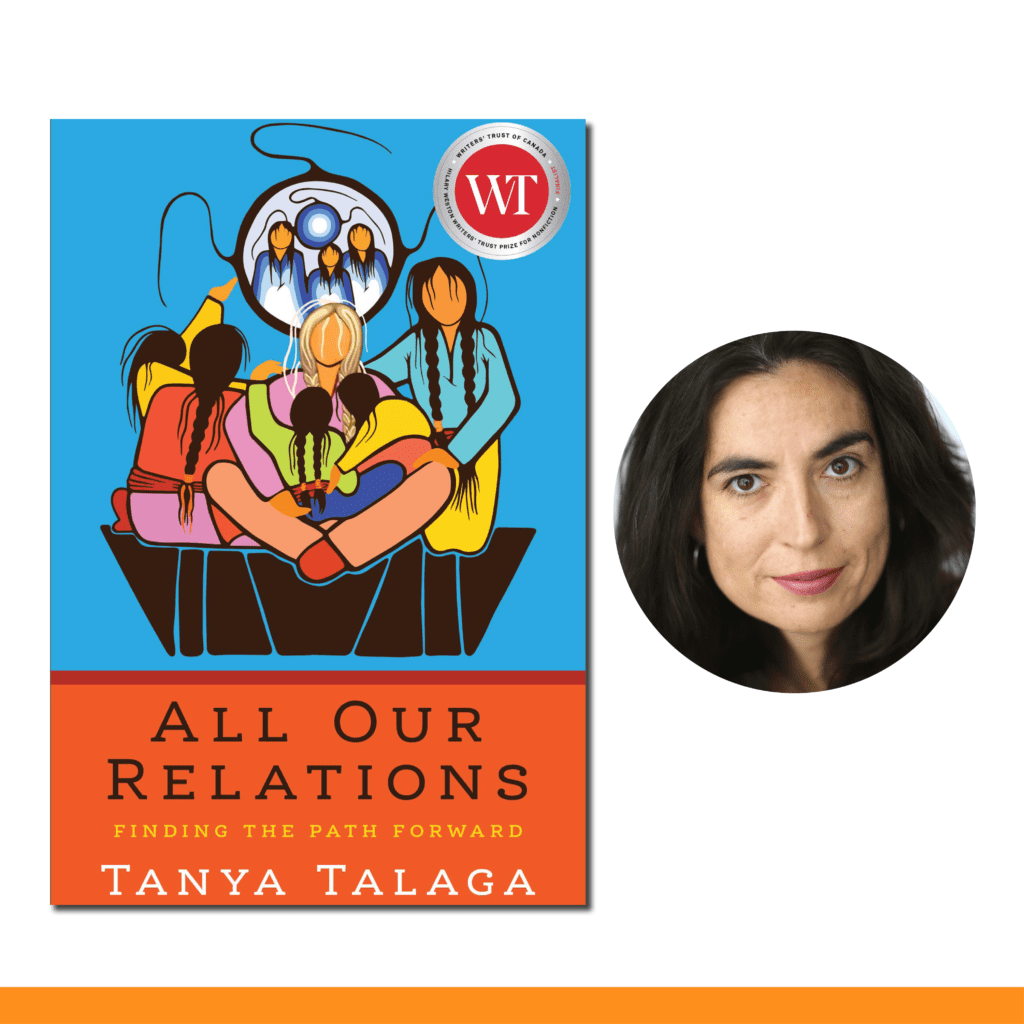

All Our Relations
By Tanya Talaga ![]()
![]()
![]()
![]()
![]()
![]()
![]()
![]()
![]()
![]()
![]()
![]()
![]()
![]()
![]()
![]()
![]()
![]()
In this urgent and incisive work, bestselling and award-winning author Tanya Talaga explores the alarming rise of youth suicide in Indigenous communities in Canada and beyond. From Northern Ontario to Nunavut, Norway, Brazil, Australia, and the United States, the Indigenous experience in colonized nations is startlingly similar and deeply disturbing. It is an experience marked by the violent separation of Peoples from the land, the separation of families, and the separation of individuals from traditional ways of life — all of which has culminated in a spiritual separation that has had an enduring impact on generations of Indigenous children. As a result of this colonial legacy, too many communities today lack access to the basic determinants of health — income, employment, education, a safe environment, health services — leading to a mental health and youth suicide crisis on a global scale. But, Talaga reminds us, First Peoples also share a history of resistance, resilience, and civil rights activism.
Based on her Atkinson Fellowship in Public Policy series, All Our Relations is a powerful call for action, justice, and a better, more equitable world for all Indigenous Peoples.
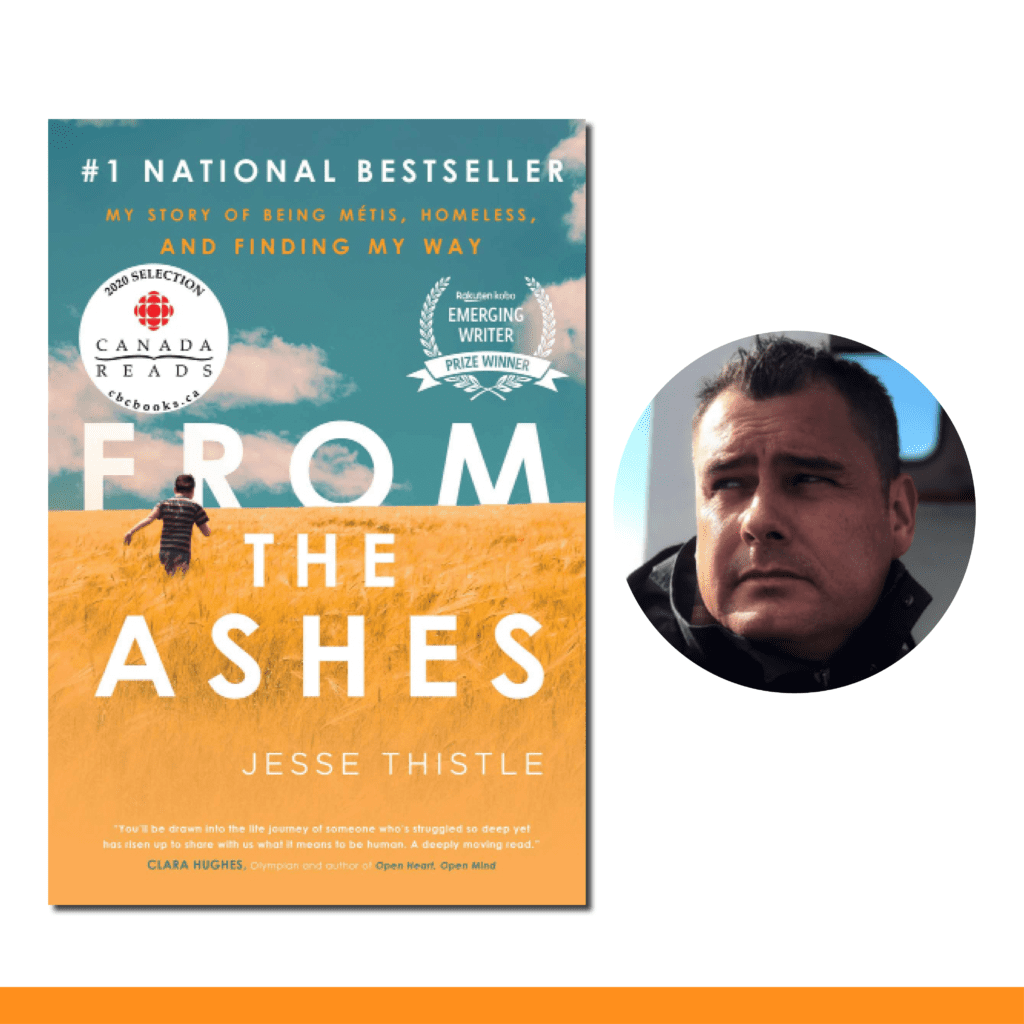

From the Ashes: My Story of Being Metis, Homeless, and Finding My Way
By Jesse Thistle ![]()
![]()
![]()
![]()
![]()
![]()
![]()
![]()
![]()
![]()
![]()
![]()
![]()
![]()
![]()
![]()
![]()
![]()
In this extraordinary and inspiring debut memoir, Jesse Thistle, once a high school dropout and now a rising Indigenous scholar, chronicles his life on the streets and how he overcame trauma and addiction to discover the truth about who he is. Abandoned by his parents as a toddler, Jesse Thistle briefly found himself in the foster-care system with his two brothers, cut off from all they had known. Eventually the children landed in the home of their paternal grandparents, whose tough-love attitudes quickly resulted in conflicts. Throughout it all, the ghost of Jesse’s drug-addicted father haunted the halls of the house and the memories of every family member. Struggling with all that had happened, Jesse succumbed to a self-destructive cycle of drug and alcohol addiction and petty crime, spending more than a decade on and off the streets, often experiencing homelessness.
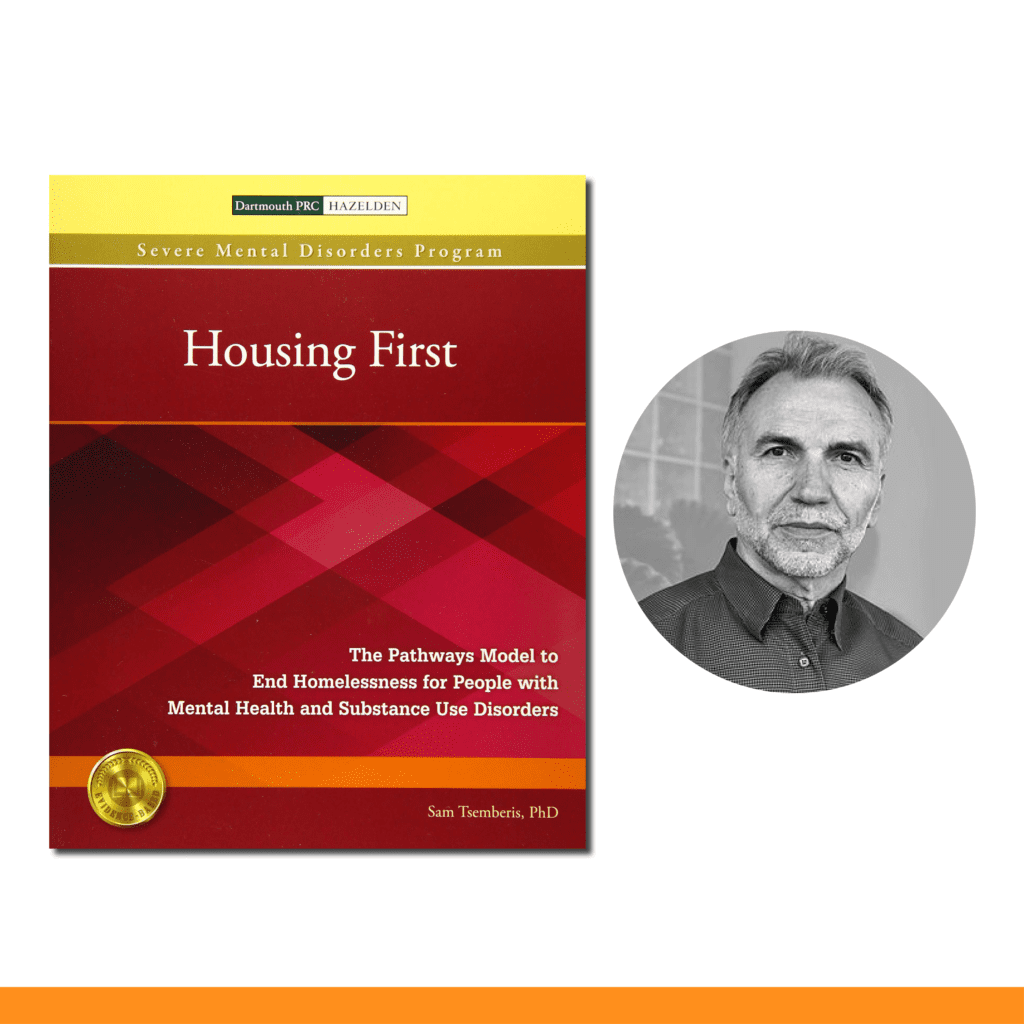

Housing First: The Pathways Model to End Homelessness for People with Mental Health and Substance Use Disorders
By Sam Tsemberis
As an evidence-based practice, Housing First has not only been proven to be successful in ending homelessness, but is also embraced as the most cost-effective solution. Today, the Housing First model is being implemented in hundreds of communities across the United States, Canada and Europe. As the model evolves one thing remains constant: Housing First ends homelessness.


Finding Murph: How Joe Murphy Went From Winning a Championship to Living Homeless in the Bush
By Rick Westhead ![]()
![]()
![]()
![]()
![]()
![]()
![]()
![]()
![]()
![]()
![]()
![]()
![]()
![]()
![]()
![]()
![]()
![]()
Joe murphy had it all. In 1986, he became the first college-educated hockey player selected first overall in the NHL entry draft. He won a Stanley Cup in Edmonton four years later. But since then, his life has taken a tragic turn, largely due to the untreated brain injuries he suffered as a player. Murphy’s life didn’t begin on a track that would lead to homelessness. He was smart, dedicated to hockey and was a key player for the Oilers, Red Wings and Blackhawks, among other teams. But one vicious body check changed his life forever. Despite being shaken by the hit, Murphy was cleared to return to the game. Soon after, his entire life seemed to change.


No Known Address (Young Adult fiction)
By Steven Barwin ![]()
![]()
![]()
![]()
![]()
![]()
![]()
![]()
![]()
![]()
![]()
![]()
![]()
![]()
![]()
![]()
![]()
![]()
Teen homelessness is not always connected to poverty and crime. Sometimes there’s more to the story. No Known Address follows a teen named Tyler from a privileged family in Victoria, British Columbia, who is kicked out of his home by his abusive dad after being blamed for bringing prescription narcotics to a party. This novel brings to light the serious nature of verbal and emotional abuse and how difficult it is to be understood and access support in such circumstances.
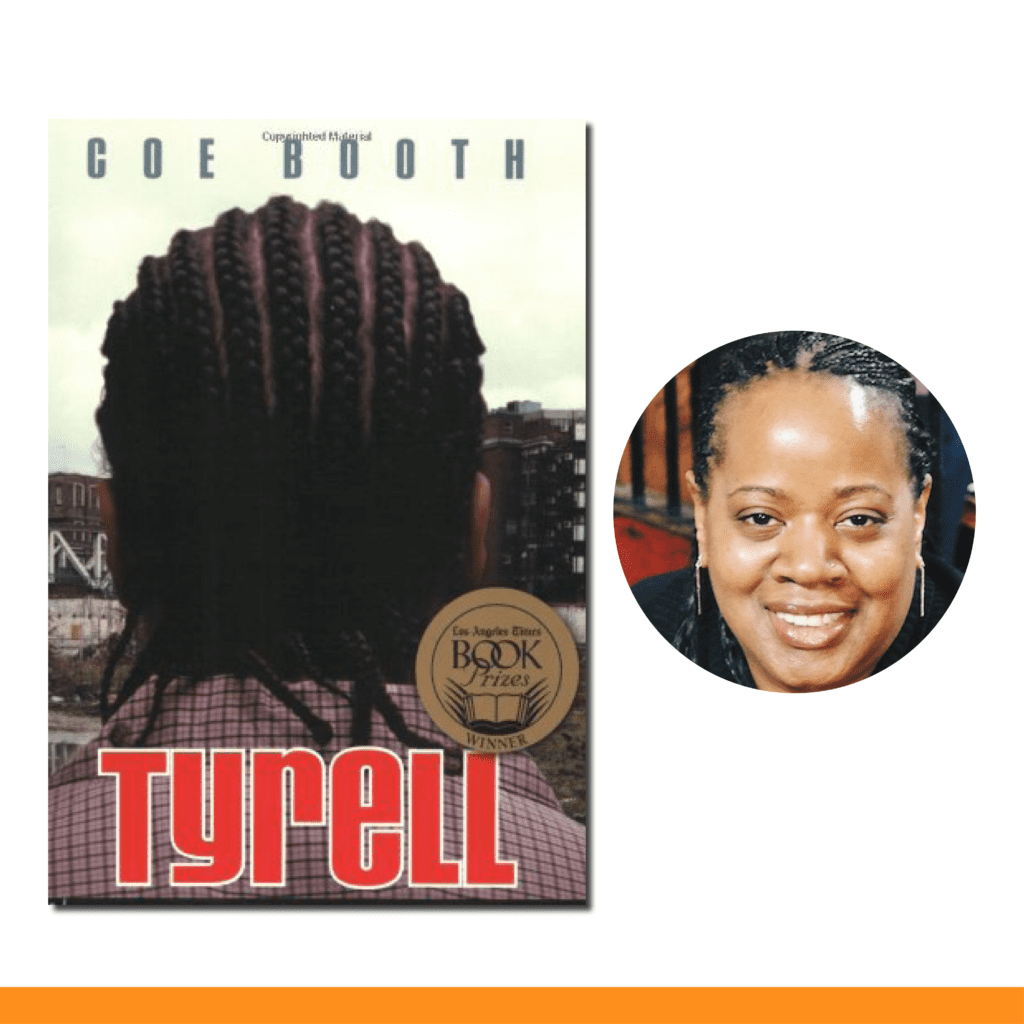

Tyrell (Juvenile fiction)
By Coe Booth
Tyrell is a young African-American teen who can’t get a break. He’s living (for now) with his spaced-out mother and little brother in a homeless shelter. His father’s in jail. His girlfriend supports him, but he doesn’t feel good enough for her — and seems to be always on the verge of doing the wrong thing around her. There’s another girl at the homeless shelter who is also after him, although the desires there are complicated. Tyrell feels he needs to score some money to make things better. Will he end up following in his father’s footsteps?
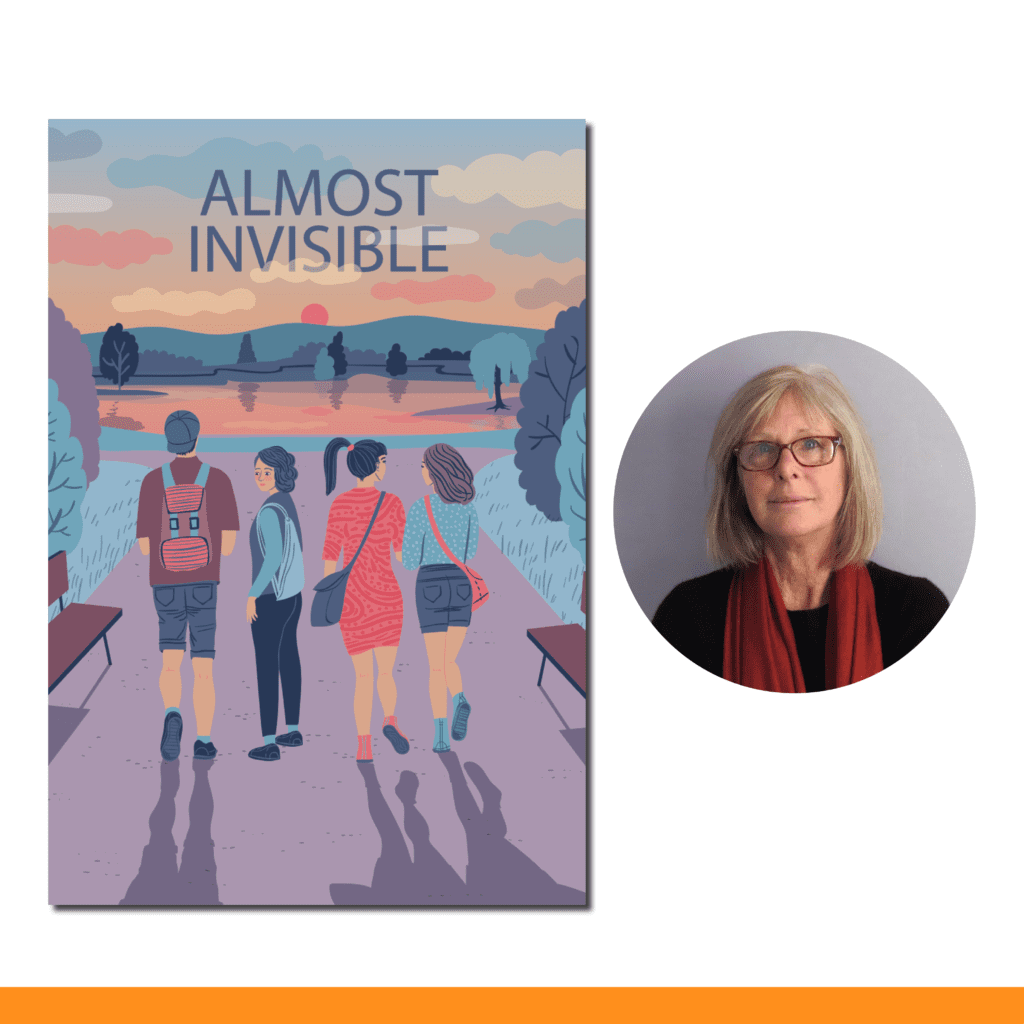

Almost Invisible (Juvenile fiction)
By Maureen Garvie ![]()
![]()
![]()
![]()
![]()
![]()
![]()
![]()
![]()
![]()
![]()
![]()
![]()
![]()
![]()
![]()
![]()
![]()
Jewel is on the run from an abusive home situation and furtively living at school. After Maya discovers her classmate’s secret, should she tell? Or can she help Jewel on her own? Thirteen-year-old Jewel has been holding her life together ever since her older sister, Charmaine, suddenly left home with no forwarding address. She tried to find Charmaine once, but that only brought her family to the attention of the police …
Told in the alternating voices of Maya and Jewel, this is a thought-provoking and moving story about loyalty, privilege, keeping secrets, and what it means to be a good friend.
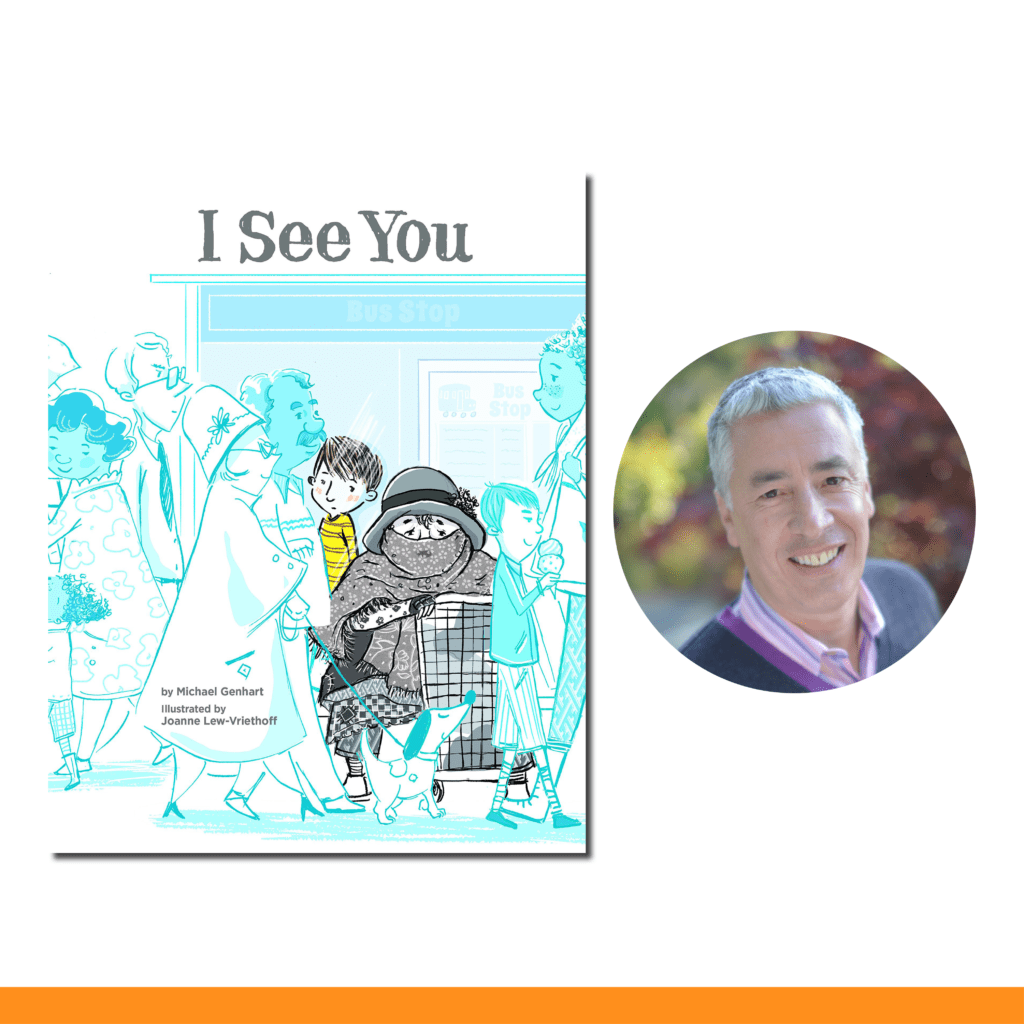

I See You (Juvenile fiction)
By Michael Genhart
Homelessness is a problem that is both very visible and, in many ways, invisible. I See You is a wordless picture book that depicts a woman experiencing homeless who is not seen by everyone around her — except for a little boy. Over the course of a year, the boy is witness to all that she endures. Ultimately, in a gesture of compassion, the boy acknowledges her in an exchange in which he sees her and she experiences being seen.


Almost a Hero (Juvenile fiction)
By John Neufeld
When Ben is assigned to volunteer at a daycare facility for families experiencing homelessness during spring break, he discovers that working with the kids at Sidewalk’s End is rewarding. Then Ben witnesses what he thinks is physical abuse of Batista, one of the center’s children, and is frustrated when the system doesn’t react quicky with help. After another of the center’s children dies, Ben, haunted by his brother’s mysterious death years before, enlists his friends in a desperate, and misguided attempt, to rescue Batista.
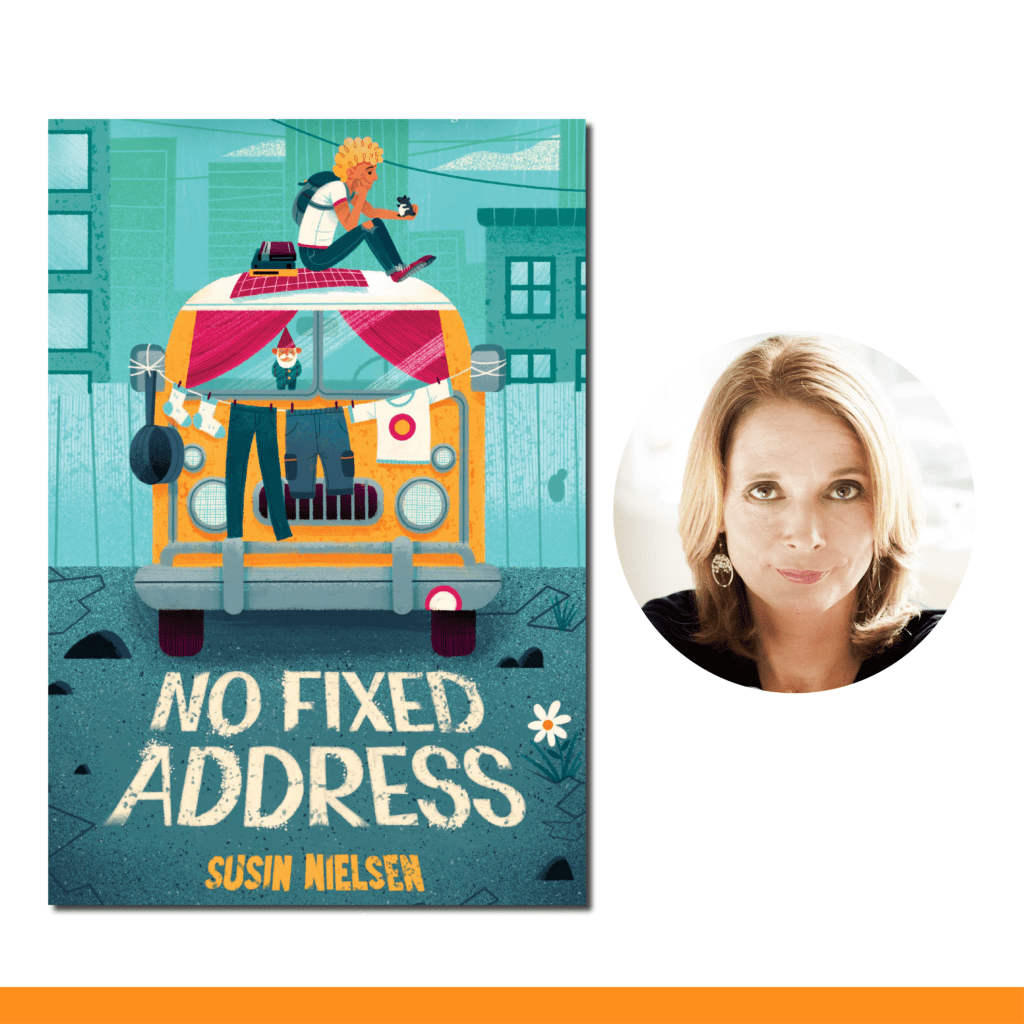

No Fixed Address (Juvenile fiction)
By Susin Nielsen ![]()
![]()
![]()
![]()
![]()
![]()
![]()
![]()
![]()
![]()
![]()
![]()
![]()
![]()
![]()
![]()
![]()
![]()
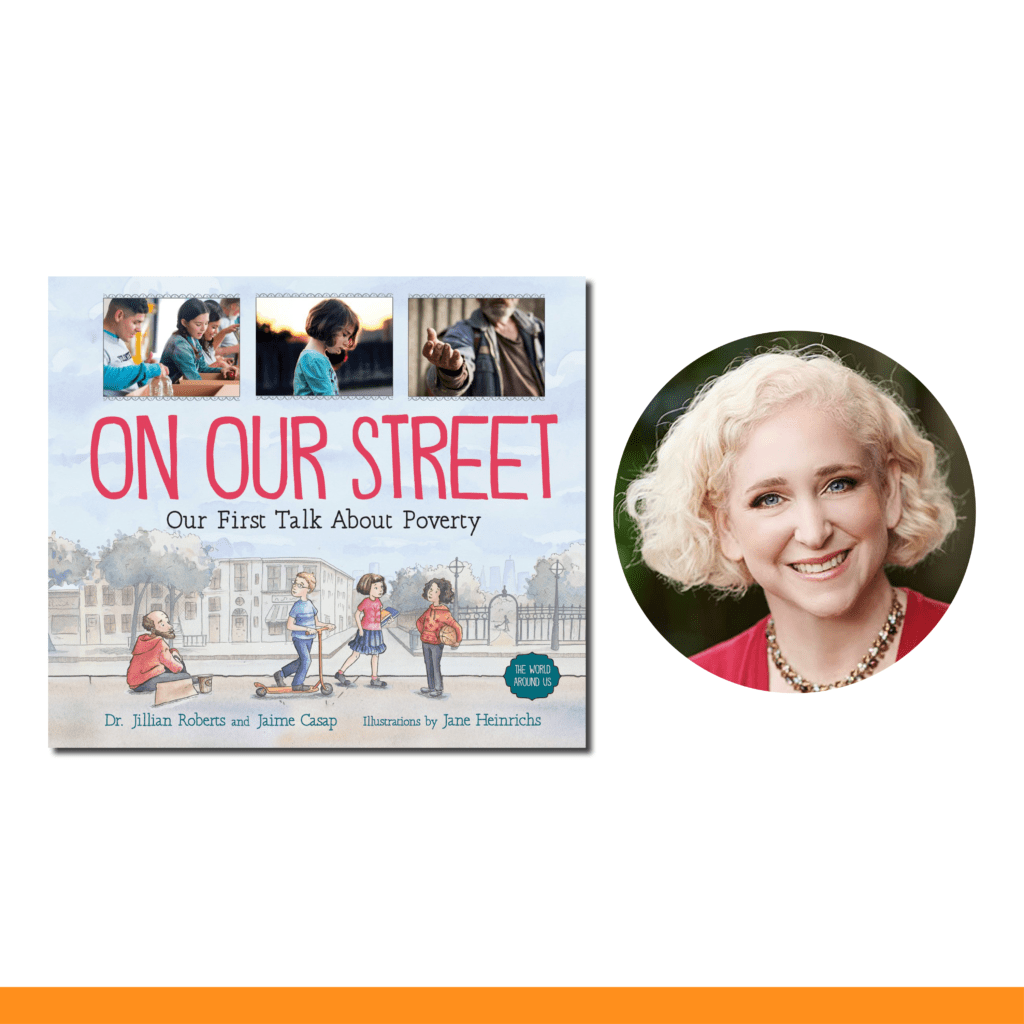

On Our Street: Our First Talk About Poverty (Juvenile nonfiction)
By Jillian Roberts ![]()
![]()
![]()
![]()
![]()
![]()
![]()
![]()
![]()
![]()
![]()
![]()
![]()
![]()
![]()
![]()
![]()
![]()
A gentle introduction to the issue of poverty for children, On Our Street explores the realities of people living with inadequate resources. Using age-appropriate language, this book addresses mental illness, homelessness and refugee status as they are connected to this issue. Insightful quotes from individuals and organizations such as UNICEF are included throughout to add further perspective on the issue. An invaluable section on how kids can help empowers readers to take what they have learned and use it to make a difference.
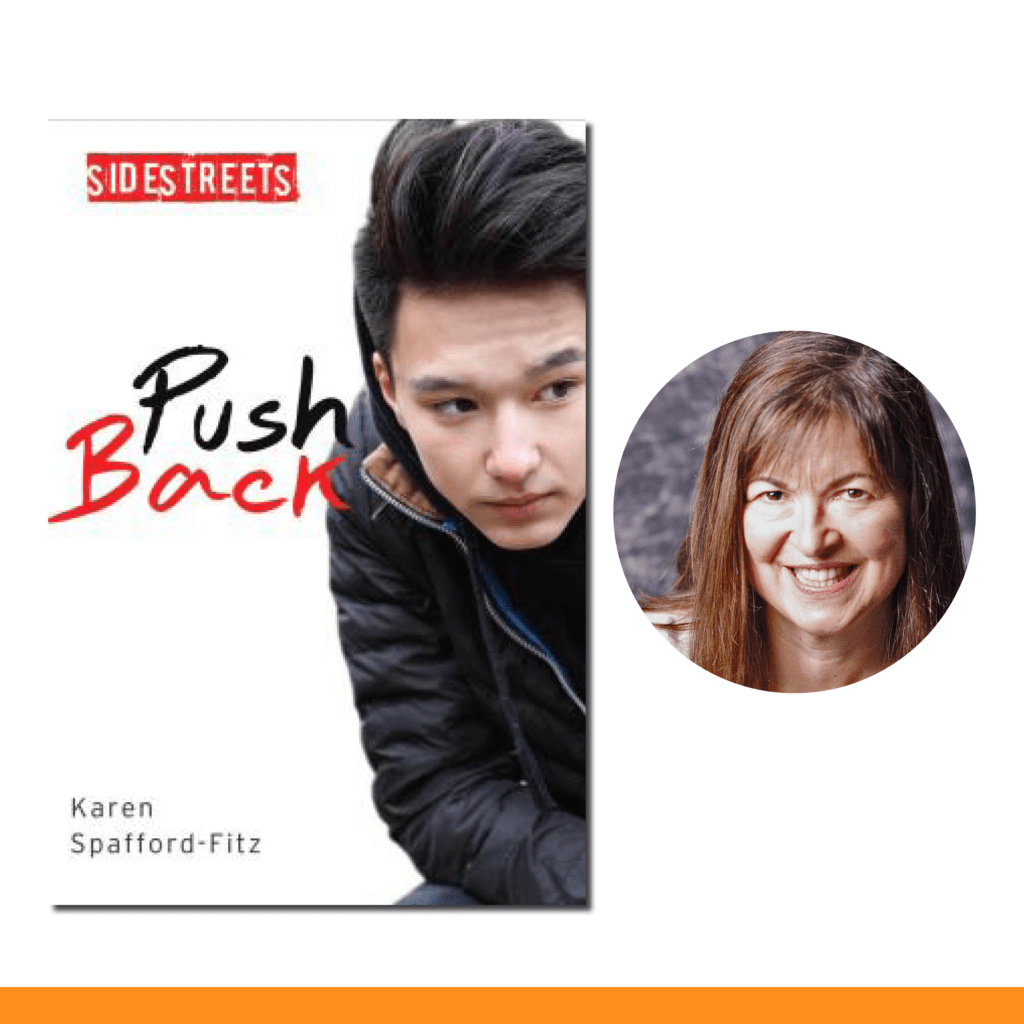

Push Back (Young Adult fiction)
By Karen Spafford-Fitz ![]()
![]()
![]()
![]()
![]()
![]()
![]()
![]()
![]()
![]()
![]()
![]()
![]()
![]()
![]()
![]()
![]()
![]()
Sixteen-year-old Zaine Wyatt has a lot to be angry about. His mother walked out of his life when he was 12, and he was kicked out of his Aunt Sarah’s place by his uncle. After living on the streets and getting badly beaten up, he is back at Aunt Sarah’s, but Zaine is still angry, afraid, and uncertain that he has a permanent place to live. When his mother breaks yet another promise to take him back, he flees to an empty art studio he has taken refuge in before. But now it is just a storage shed, and he vents his rage by trashing the place and injures the new owner as he flees. Facing charges and a possible criminal record, Zaine agrees to participate in a restorative justice program to keep from being kicked out again by his aunt. Can Zaine complete the restorative justice program and prove himself worthy of a home, whether with his mother or not?
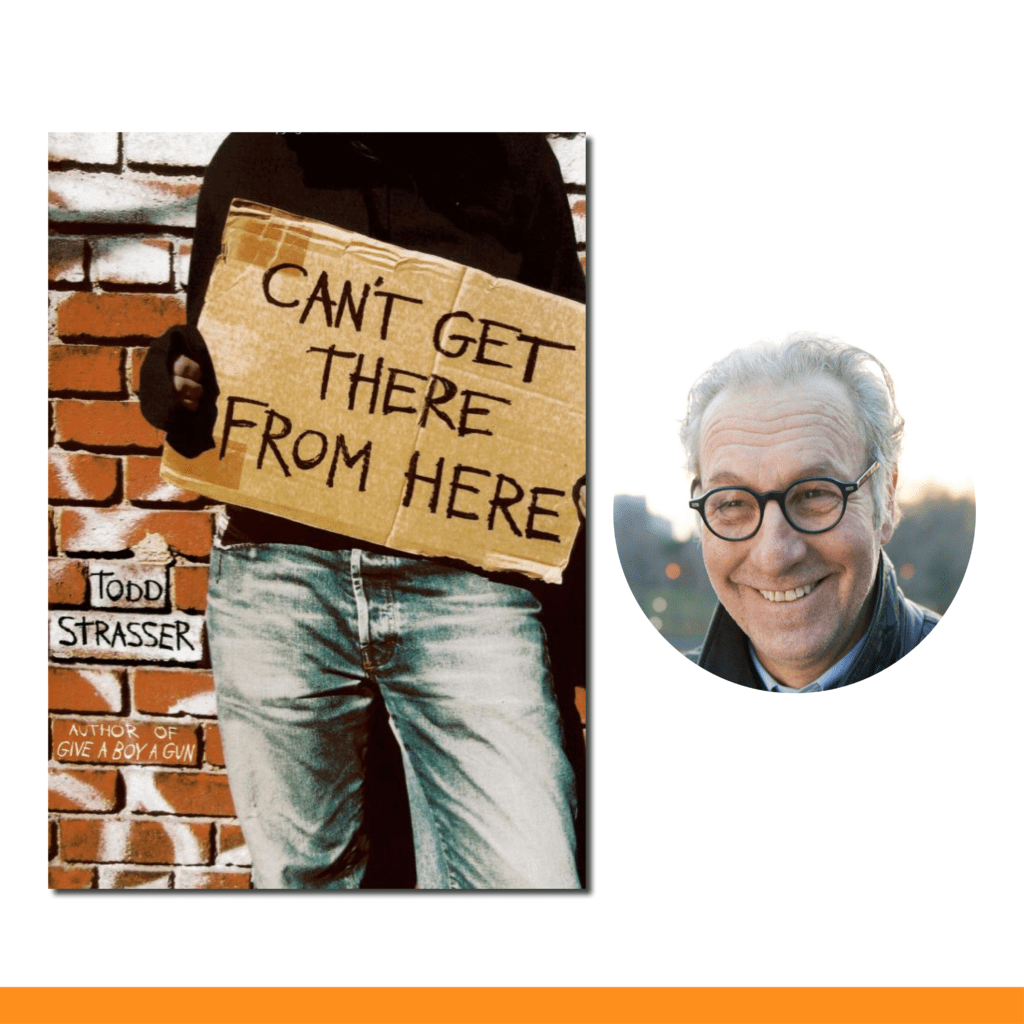

Can’t Get There From Here (Young Adult fiction)
By Todd Strasser
Her street name is Maybe. She lives with a group of teens experiencing homelessness—runaways and throwaways, kids who have no place to go other than the cold city streets, and no family except for one another. Abused, abandoned, and forgotten, they struggle against weather, hunger, and constant danger. With the frigid winds of January comes a new girl: Tears, a twelve-year-old whose mother doesn’t believe her husband is abusive. As the other kids start to disappear—victims of violence, addiction, and exposure—Maybe tries to help Tears get off the streets…if it’s not already too late.
LAND ACKNOWLEDGEMENT
We recognize we are gathered, in collaboration and with joint purpose, on Treaty 6 territory. This territory is the home and gathering place for diverse Indigenous peoples. The Cree, Blackfoot, Métis, Nakota Sioux, Iroquois, Dene, Inuit, and many others. We know the importance of the Treaty and our responsibility to these communities and that only in partnership can we create the social change necessary to end homelessness. It is vital that we meaningfully engage and partner with Indigenous people and communities in this work. It is important to recognize and address the conditions brought forth by colonialism. Displacement from traditional homelands, systemic racism, residential schools, the Sixties Scoop, and the ongoing overrepresentation of Indigenous people in child welfare, correctional systems, and homelessness are responsibilities we all share.